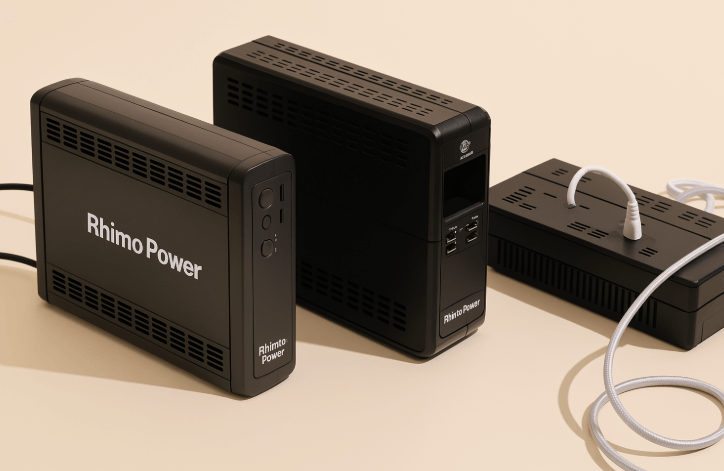Compare Sealed Lead Acid (SLA) and Flooded Lead Acid (FLA) batteries for backup power, solar, and more.
1. Construction
| Feature | Sealed Lead Acid (SLA) | Flooded Lead Acid (FLA) |
|---|---|---|
| Also known as | VRLA, AGM, Gel | Wet Cell |
| Electrolyte | Immobilized (gel or absorbed) | Free liquid sulfuric acid |
| Sealed | Yes | No |
| Maintenance | Maintenance-free | Requires refilling |
2. Maintenance & Handling
- SLA: No water refilling, low spillage risk, can be mounted in any position.
- FLA: Needs regular water topping, must remain upright, requires ventilation.
3. Performance Comparison
| Factor | SLA | FLA |
|---|---|---|
| Lifespan | 3–5 years | 5–10+ years |
| Cost | Higher upfront | Lower upfront |
| Deep discharge | Moderate (AGM is better) | Better tolerance |
| Temperature tolerance | Better in cold | Better in heat |
4. Best Use Cases
Sealed Lead Acid (SLA)
- UPS systems
- Emergency lighting
- Medical and mobility devices
- Small solar backup systems
Flooded Lead Acid (FLA)
- Off-grid solar systems
- Golf carts, forklifts
- Industrial backup power
5. AGM vs. Gel vs. Flooded
| Type | Maintenance | Position Use | Cost | Cycle Life | Temp Tolerance |
|---|---|---|---|---|---|
| AGM | None | Any | Medium | Moderate | Good |
| Gel | None | Any | Higher | Longer | Poor in cold |
| Flooded | Needs water | Upright only | Lower | Moderate | Good |
6. Summary: Which Battery Should You Choose?
If you want a low-maintenance, clean, and compact solution for indoor or short-term backup, choose SLA. If you’re comfortable with periodic maintenance and want a longer-lasting battery for heavy-duty or off-grid use, FLA is a strong choice.

